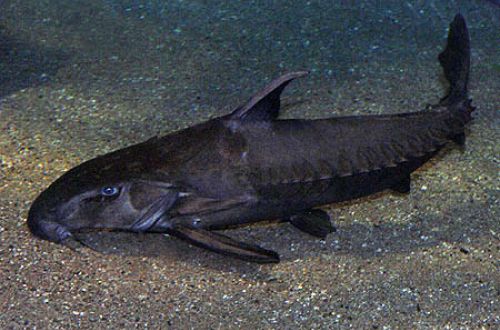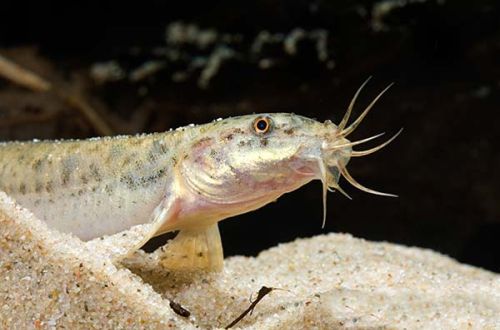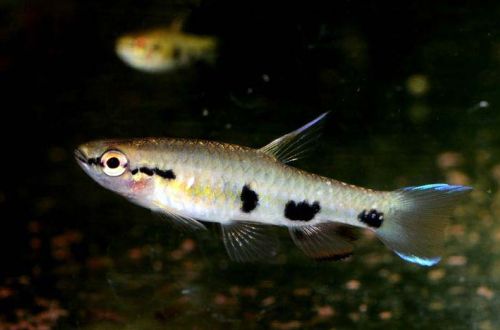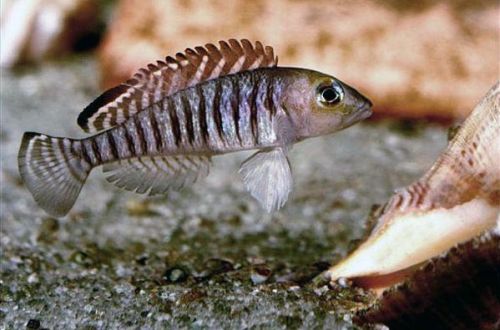
Blue-eyed catfish
Oxydoras black or Blue-eyed catfish, scientific name Oxydoras niger, belongs to the Doradidae family. Good giant – this is how you can characterize this catfish, which is distinguished by its impressive size and peaceful disposition, although very small fish should be afraid of being accidentally eaten, the rest are not in danger. Due to its size, it is rarely seen in the hobby aquarium.

Contents
Habitat
It is found in large river systems throughout the Amazon Basin (South America) in the territory of the modern states of Ecuador, Colombia, Venezuela, Guyana, Peru, Bolivia and Brazil.
Brief information:
- The volume of the aquarium – from 1700 liters.
- Temperature – 21-25°C
- Value pH — 6.0–7.0
- Water hardness – soft to hard (2-20 dGH)
- Substrate type – sandy
- Lighting – preferably subdued
- Brackish water – no
- Water movement – light or moderate
- The size of the fish is up to 90 cm.
- Meals – any
- Temperament – peaceful
- Content alone or in a group
Description
A very large catfish, reaching 80–90 cm in length, however, it is unlikely that it will be possible to achieve such sizes in captivity. The color is dark, depending on the lighting varies from black to dark gray. A lateral strip of pointed bone plates stretches along the body. Sexual dimorphism is weakly expressed, it is problematic to distinguish a male from a female.
Food
They eat everything that they can find at the bottom, in the wild they feed on crustaceans, insects and their larvae, sifting through the sandy substrate. In the conditions of the aquarium, they will accept all types of popular sinking (flakes, granules, tablets) food for aquarium fish. The main condition is that herbal supplements should be present in the diet on a regular basis.
Maintenance and care, arrangement of the aquarium
Such large fish are rarely purchased by amateur aquarists, since they require a huge tank from 1700 liters, expensive equipment and additional construction costs (strengthening the floor, sewerage, plumbing, etc.). Specialized companies are engaged in the creation and installation of such aquariums, which, as a rule, take care of the subsequent maintenance. The owner of the aquarium will only need to feed his fish on time.
Behavior and Compatibility
A peaceful giant, however, it is able to eat small fish that can fit in its mouth. Compatible with other large non-aggressive species. Can be kept singly or in a group, intraspecific conflicts are not noted.
Breeding / breeding
Getting offspring in a home aquarium, even a very large one, is practically impossible. Breeding is carried out by professional breeders on fish farms, less often wild-caught specimens can be found on sale.
Fish diseases
The main cause of most diseases is unsuitable living conditions and poor-quality food. If the first symptoms are detected, you should check the water parameters and the presence of high concentrations of hazardous substances (ammonia, nitrites, nitrates, etc.), if necessary, bring the indicators back to normal and only then proceed with treatment. Read more about symptoms and treatments in the Aquarium Fish Diseases section.





